How to pick the best electric cello?
How can you choose the best electric cello? What are the features you need to think about? We’ve summarized the top features below, discussing what they mean and why they are important when buying an electric cello. As we’ve said, electric cellos are quite an unusual instrument so some of the features are well worth researching before you make the final choice.
Some features are more important for certain users. Think carefully about whether you plan to use your instrument for performance, private practice, or learning. Make your choice of features accordingly.
 Cello size
Cello size
Most of the cellos on the list are full-sized. The 4/4 size means that it is full-sized and usually 27.5-30 inches in total. This size is perfect for most adults, but sometimes a beginner cello is made in a different size, such as ½ or ¾ size. These are designed mainly for children or teenagers, people with smaller hands and arms who can’t play the full-sized cello as easily.
With an electric cello the rules aren’t quite as set in stone, but if you are used to playing full-sized, or you are a larger adult who needs fully sized instruments, goes for a 4/4 size.
Materials
The materials of any instrument are very important. Though with an electric cello the tonewood isn’t as important as it would be with an acoustic cello, it is still key to the design. Just like with an electric guitar, it is vital that the wood and other materials are sturdy but also help with the tone.
Our editor’s choice, the Cecilio 4/4 Ceco Electric Cello, is an example of a product using good materials. The wood is maple and ebony. These are sturdy tonewoods. This is combined with high-quality electronic components which ensure there is a minimal buzz or electrical noise.
Cheap and poor quality electronics could ruin the sound just as much as poor quality wood. There’s no point in getting a cello made out of the best wood in the world, that isn’t wired well and has low-quality electronics. This will cause electronic noise which could totally ruin the sound. This is why people pay extra for very good quality pickups!
 Weight
Weight
The weight of the cellos can vary a huge amount. This is worth paying extra attention to if you are looking to buy a cello for portability. The lightweight design might be one of the key points you are hoping for in a cello, so if you then buy an electric cello that still feels big and bulky you might be disappointed.
The Yamaha Silent Series SVC-110SK Electric Cello weighs just 8 lbs, this is very lightweight for a cello so it is a good choice if you are looking for something that is flexible. Sometimes, the lightweight is not just about taking your cello to band practice or lugging it around in your band’s van, it can be about moving around the stage. Some cellists like the freedom to move while performing and not be stuck in one part of the stage.
Heavier electric cellos can weigh up to 20lbs or even more. This can be a bit more restrictive. Cellos are quite large instruments and this means they are bulkier and heavier than, say, a violin. Most people in the market for an electric cello want something flexible and light.
Bow
Naturally, you can’t play a cello without a bow. Electric cello bows are no different from those used on acoustic cellos, but if you are a beginner, you probably won’t have a bow. In fact, most of the cellos out there come with some form of a bow. It can really let an electric cello down if the bow it comes with is low in quality. It can also mean you aren’t getting the full amount out of the cello.
Even the Cecilio CEVN-1W, our budget pick, comes with a bow, and this is actually pretty good quality with real Mongolian horse hair.
If you already have a bow then this may not be your number one priority, but for a beginner, it is worth getting a cello that has a bow with it.
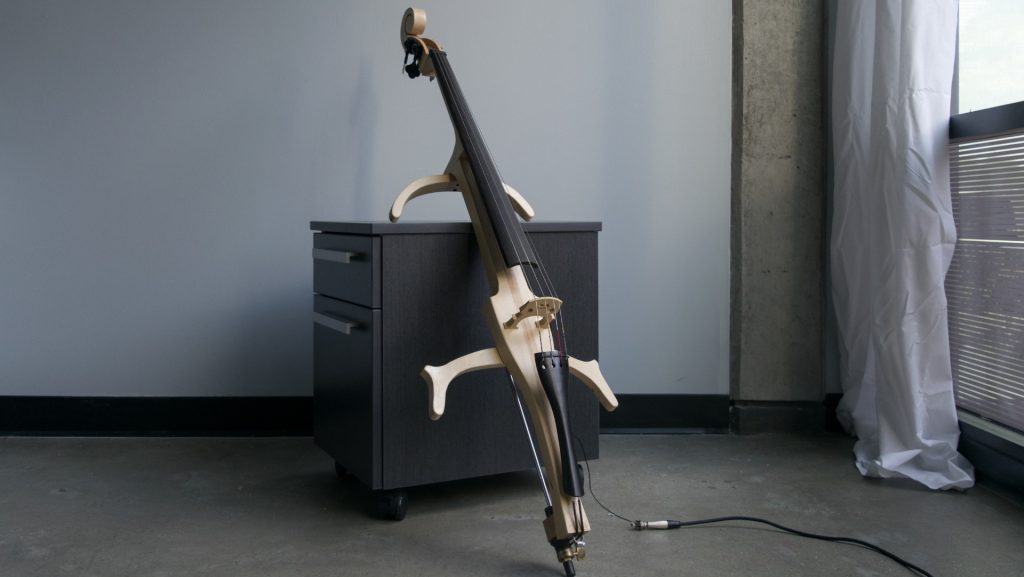 Strings
Strings
The strings of an instrument tend to only ever be noticed if they are bad! The strings of your electric cello need to be good quality. They are the final step before the pickup, which takes the sound and amplifies it to the desired level. Strings need to be hard-wearing, but they should also add something to the sound.
The Cecilio CECO-4BK is an example of an electric cello that is a bit let down by its strings. This isn’t terminal, though, the cello can be greatly improved if you replace the strings. You can either do this yourself (with some difficulty if you are a beginner) or you can take it to a store to have someone install new strings for you.
All of the cellos on the list come with strings already included. Some are better than others, but generally, this shouldn’t be the main thing that drives your purchase. You will need to replace the cello strings eventually anyway once they break. There’s nothing wrong with just buying some extra strings to install as a bit of an upgrade if you need to.
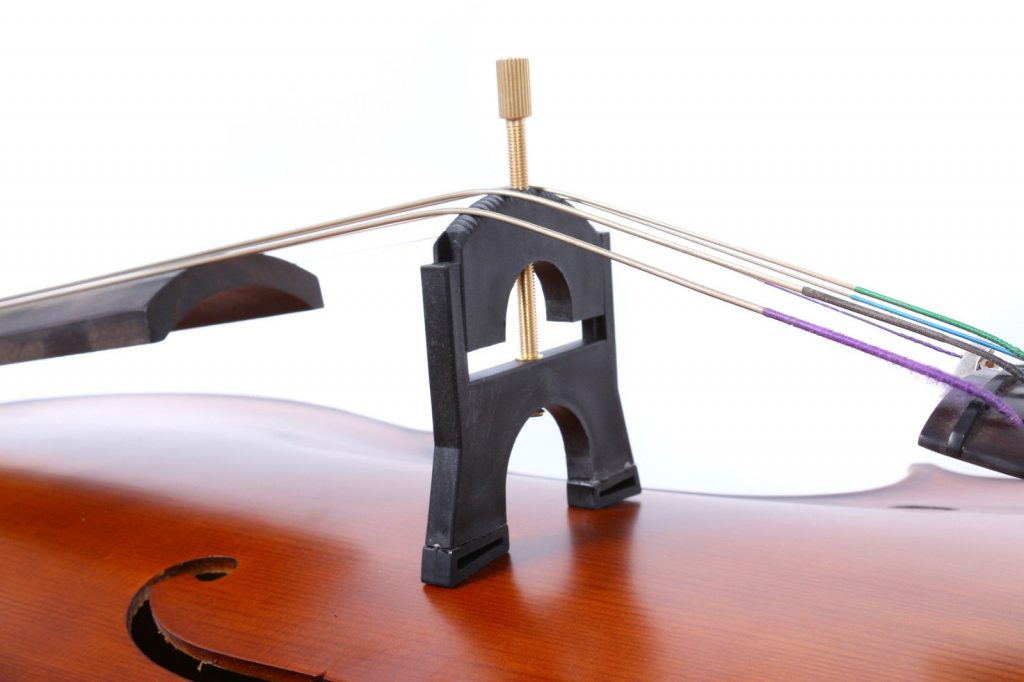 Rosin
Rosin
Rosin is a form of resin that is applied to the hairs of a bow for an electric cello (or any cello, for that matter). These can change the friction and the tone, and help to aid the vibrations to give a clear sound. Rosin comes in different darknesses, and light rosin is usually suited to violins, however, cellos usually use darker rosin. If you play in cold or dry areas you will find rosin especially helpful for keeping the instrument producing clear sound and vibrations.
The rosin is included as a cake or rock. This is then used to slip along the hairs of the bow. It’s another feature that is a nice bonus. If your cello comes with rosin then it is certainly not a bad thing. However, it isn’t a deal breaker if it does not. You can buy rosin separately.
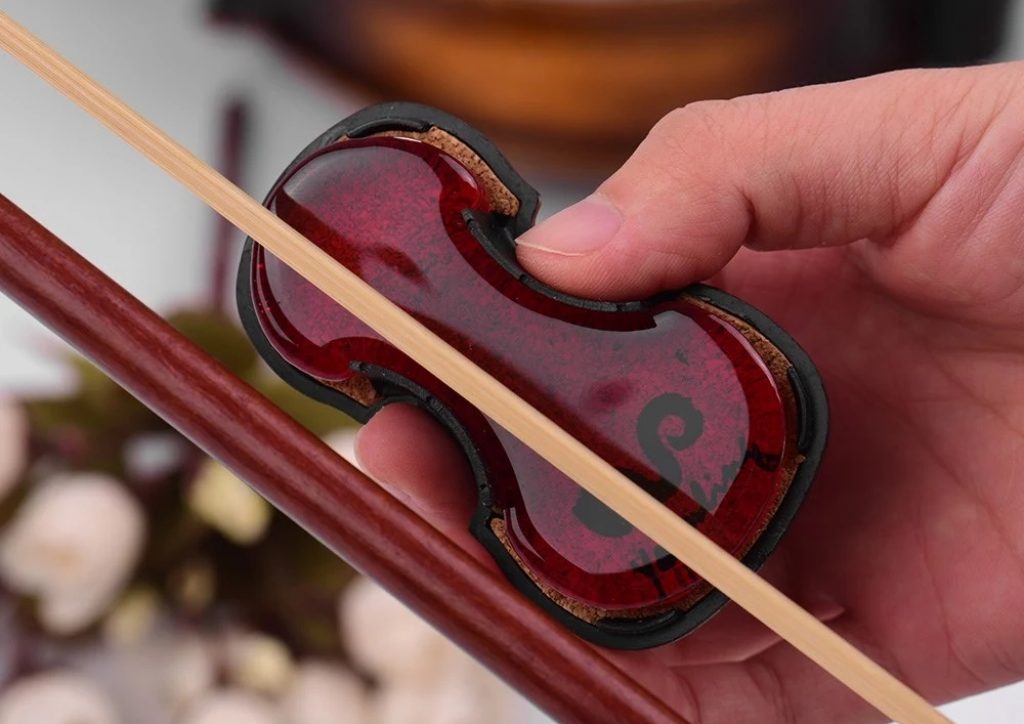 Carrying case
Carrying case
A carrying case is a vital piece of kit. it may not be the most glamorous piece of equipment a musician owns, but it is one of the most important pieces of gear. A lot of the electric cellos on the market are sold with carrying cases. These make them easier to transport from place to place, but the most vital feature of a carrying case is the protection it gives your cello. In truth, some cello cases are not worth bothering with. Don’t buy a $2000 cello with an amazing design such as the NS Design NXT4ACOSB, and then fail to protect it properly with a quality case. This is an investment you should definitely make.
Though soft cases can do the job, make sure they have plenty of padding. If you are worried about the cello getting knocked around a lot and being at risk of damage, you should buy a hard case to give the utmost in protection.
Extra features
Naturally, the marketplace is getting more competitive, more and more brands are vying for your business, and one of the ways they try to stand out from the competition is to introduce extra features and choices you can make when you are buying your cello.
One of the extra features is a range of different colors. Loads of manufacturers are starting to give some extra choices when it comes to the colors on the cello.
Other features that are often included are stands (these make it easier to store your cello) and things like tuners. A tuner is essential. We all need to know how to tune our instruments, so you would have to buy one of these eventually.
A lot of the cellos also come with headphones. These aren’t always the best quality, but they’re a good addition. One of the key benefits of an electric cello is the fact that you can listen to what you are playing privately, and headphones will allow this.
Acoustic cello vs. electric cello
You might be wondering whether you should buy an acoustic cello or an electric cello. In an ideal world, you may eventually want to own both. However, if this isn’t possible, there’s a decision to be made.
Acoustic cello – Advantages
A more classical sound.
You can play anywhere with no need for amplification.
Acoustic cello – Disadvantages
A good acoustic cello costs a lot of money, much more than a good electric cello.
Not as easy to amplify or record your cello.
Electric cello – Advantages
Some of the budget options have a very good sound.
Can be used with effects pedals and loop pedals, and more.
You can listen in private so you don’t have to annoy others with your practice.
You can turn it up loud to be heard among other instruments.
Electric cello – Disadvantages
Not quite the same classical sound, which is hard to replicate.
Needs power and an amplifier.
Sometimes needs a battery in order to work.
Prices
The price of an electric cello can vary hugely. The budget pick on our list is well under $200, this is a bargain price for an electric cello as they are usually more expensive. They go up to around $2000 on our list. Acoustic cellos can be much more pricey than this.
It is likely that you will have a budget in mind, we don’t all have an endless amount of money to spend on cellos! Much as we would love to splash out, it is worth being cautious and only spending what you can afford, and what you need to spend to get a good quality electric cello. An example of a product that doesn’t cost a huge amount but is a compromise between price and performance is the Yamaha Silent Series SVC-110SK Electric Cello. This isn’t the priciest model but it feels very professional. It isn’t at the cheap end of the market.






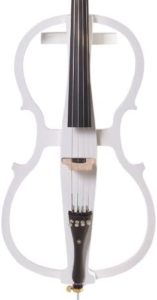
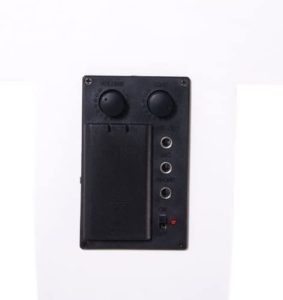

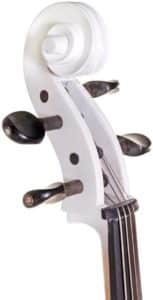

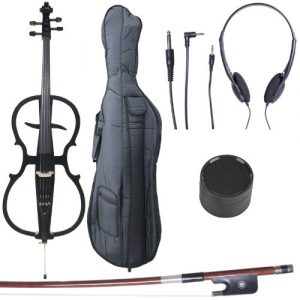
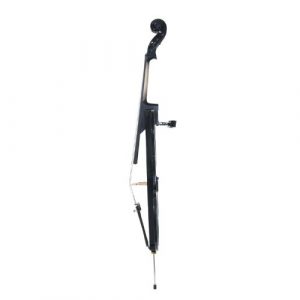
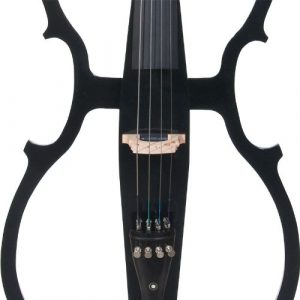
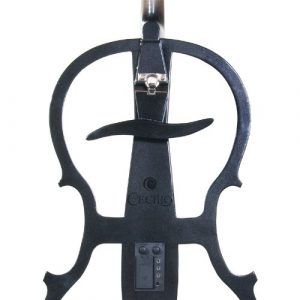
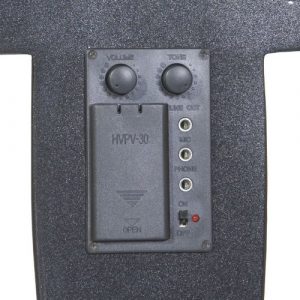
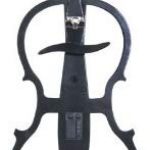
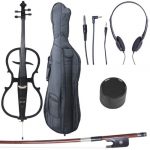
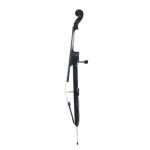
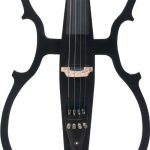
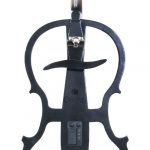
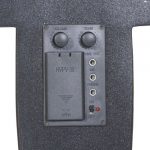


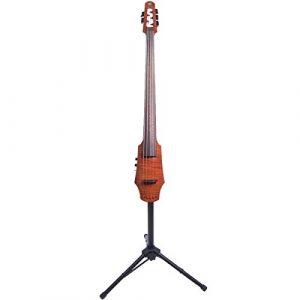
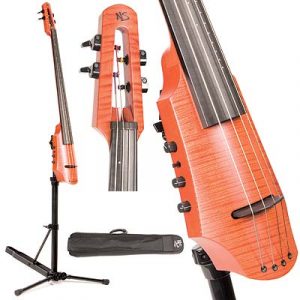
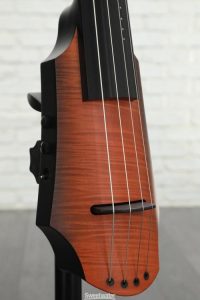
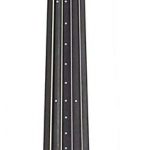
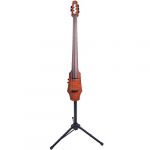
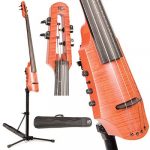
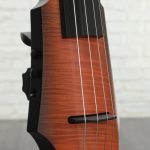

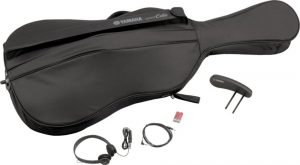
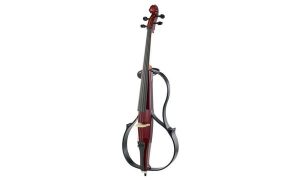
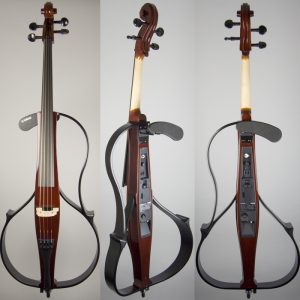
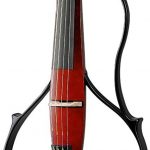
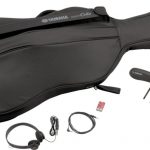
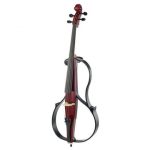
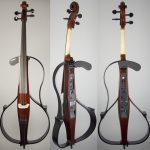
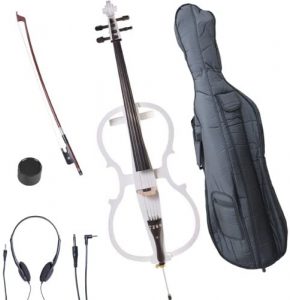
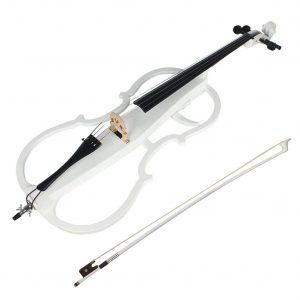
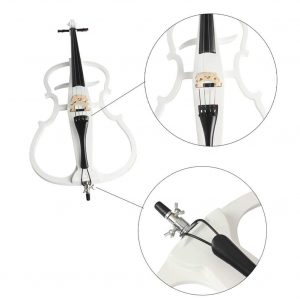
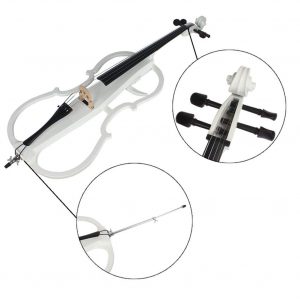

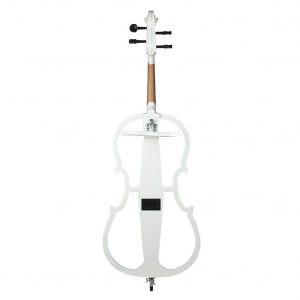
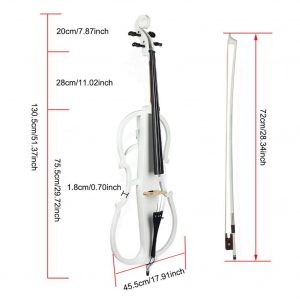
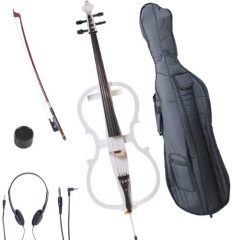
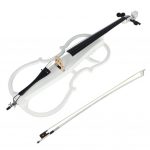
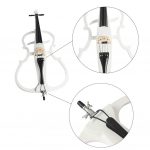
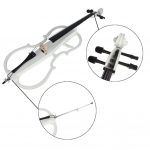
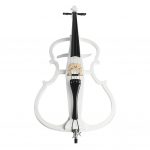
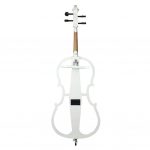
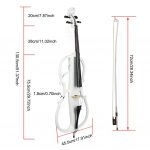
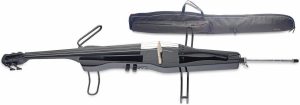
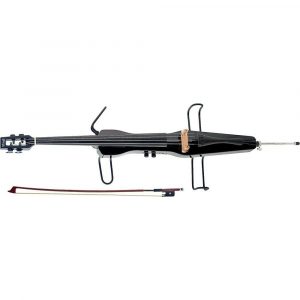

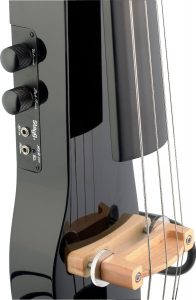
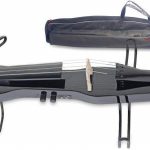
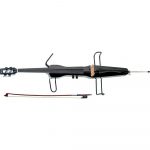
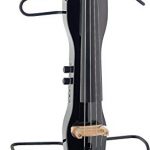
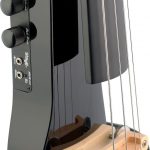
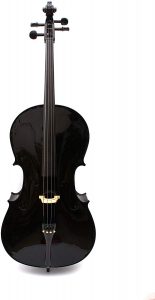
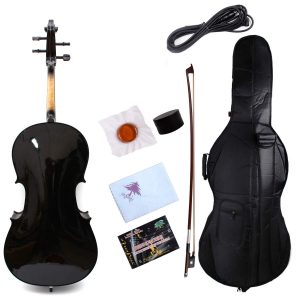
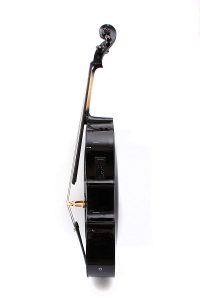
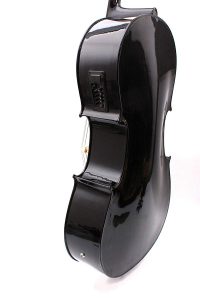


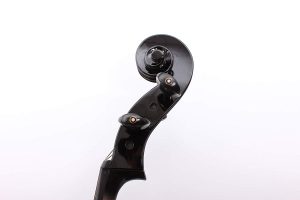
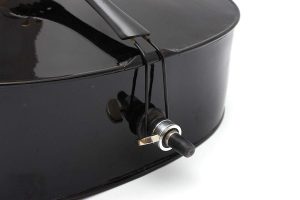
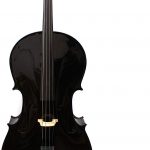
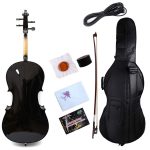
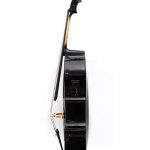
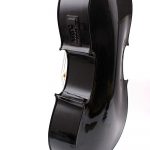
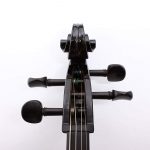
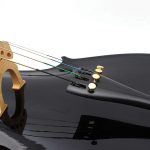
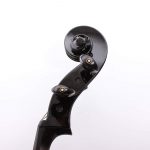
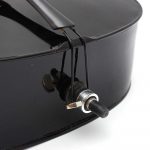

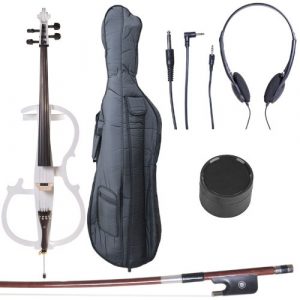
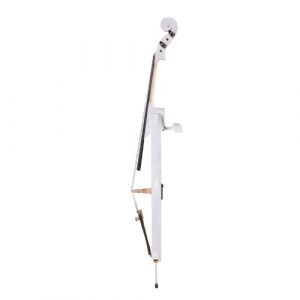
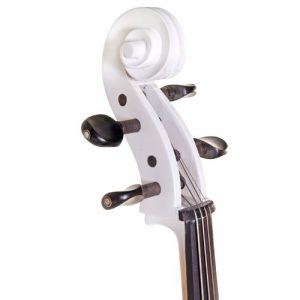
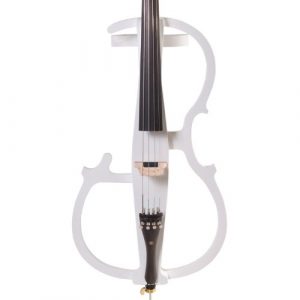
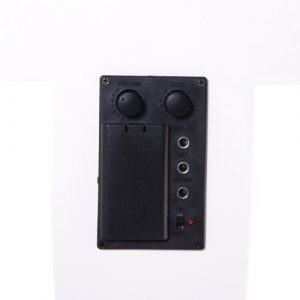
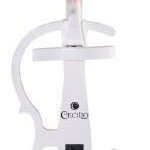

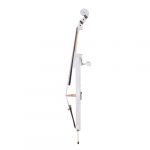
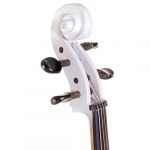
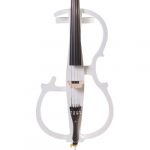
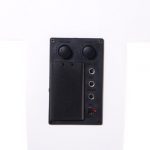
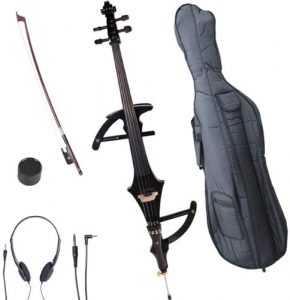
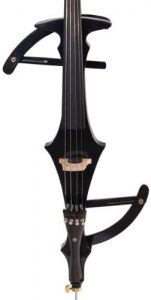
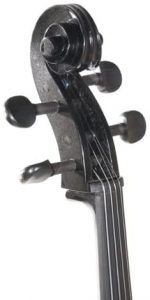
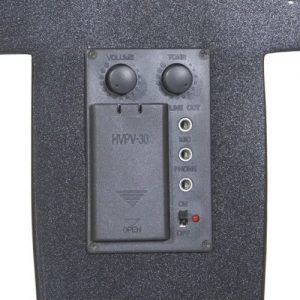

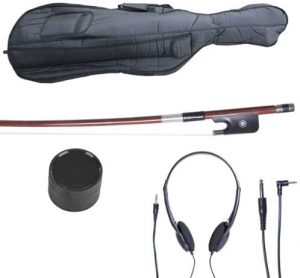

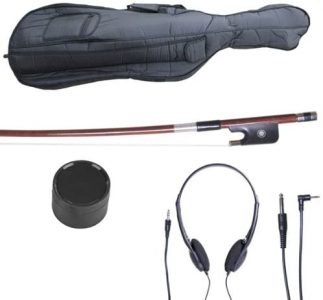
 Cello size
Cello size Weight
Weight Strings
Strings Rosin
Rosin Carrying case
Carrying case









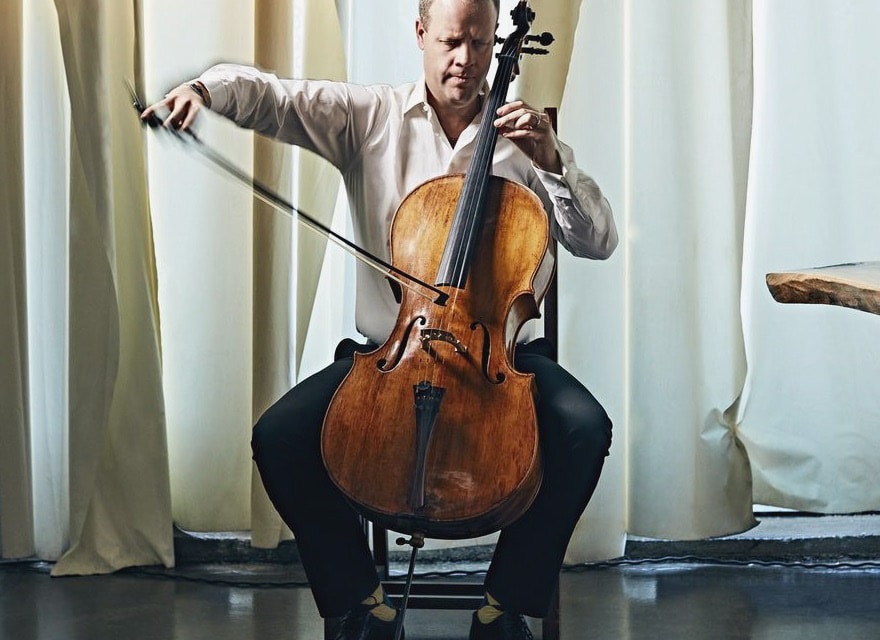
Excellent article, but I’m confused about the Editor’s choice, the Leeche:
“ Material: deep quality plywood body” appears in the beginning; elsewhere in the article it says:
“ Our editor’s choice, the Leeche Handmade Professional Solid Wood Electric Cello, is an example of a product using good materials. The wood is maple and ebony. These are sturdy tonewoods”
Could you please clarify?
Thank you for your feedback and for pointing out the confusion regarding the material of the Leeche cello mentioned in the article. We apologize for any misunderstanding caused.
To clarify, the Leeche cello mentioned in the article is indeed made of solid wood, specifically maple and ebony. The mention of “deep quality plywood body” at the beginning of the article was an oversight and does not accurately represent the materials used in the Leeche cello.
We appreciate your attention to detail and apologize for any confusion caused. We have made the necessary revisions to the article to ensure accuracy.
Thank you for bringing this to our attention, and we hope you continue to enjoy our content.